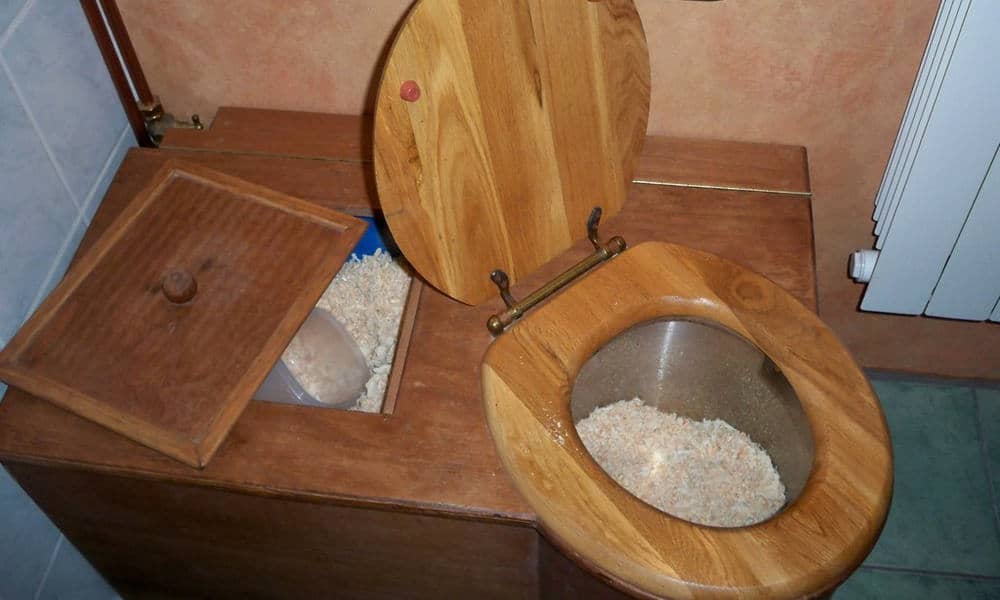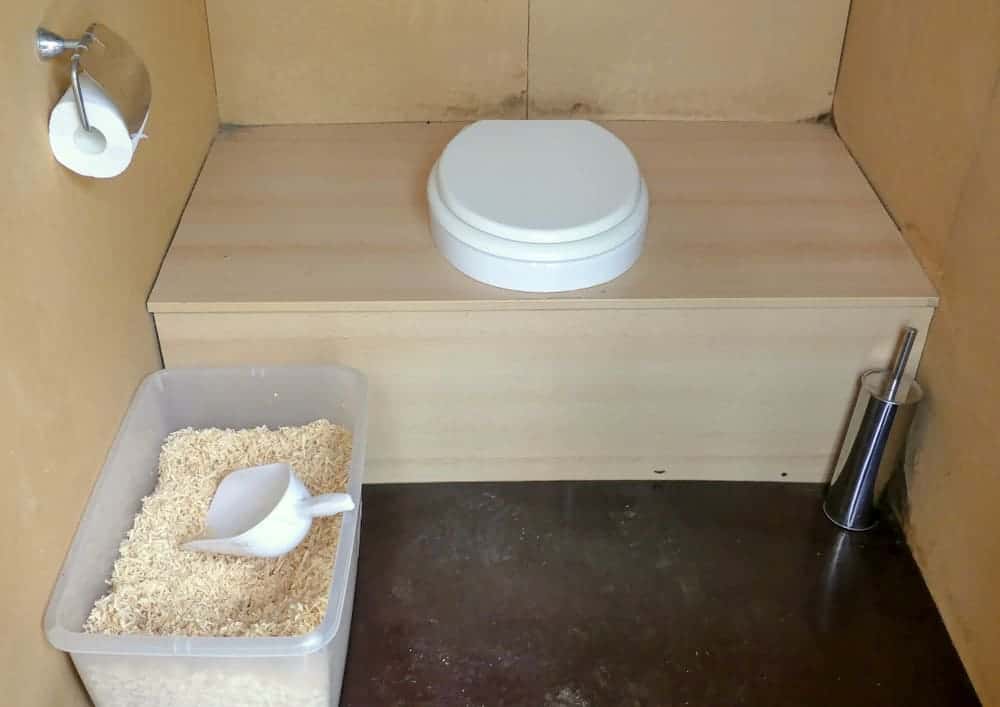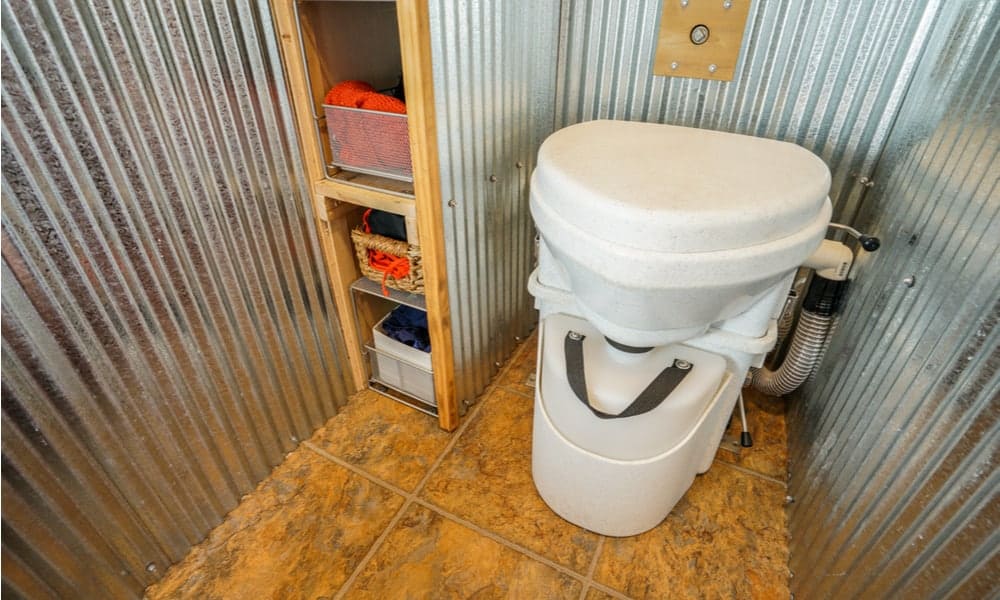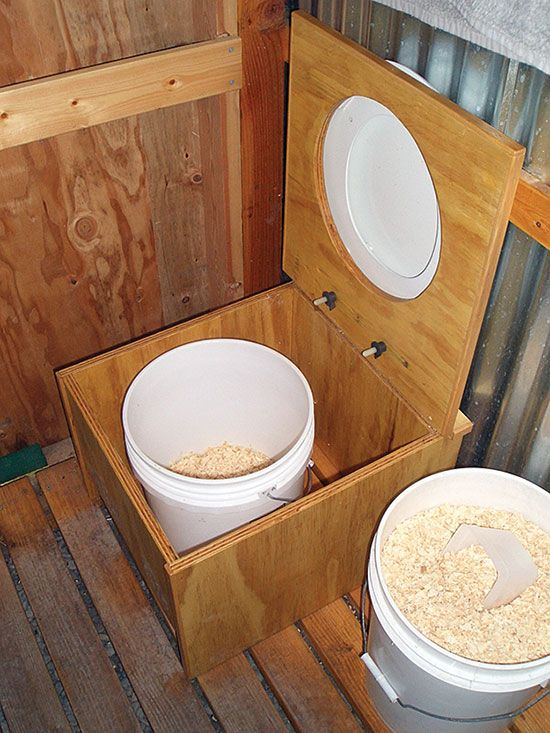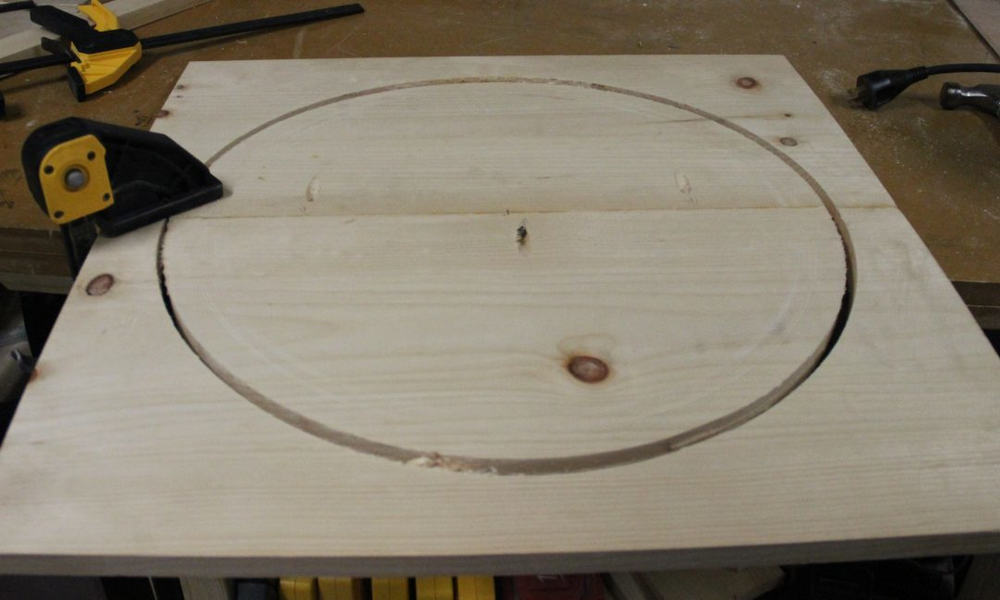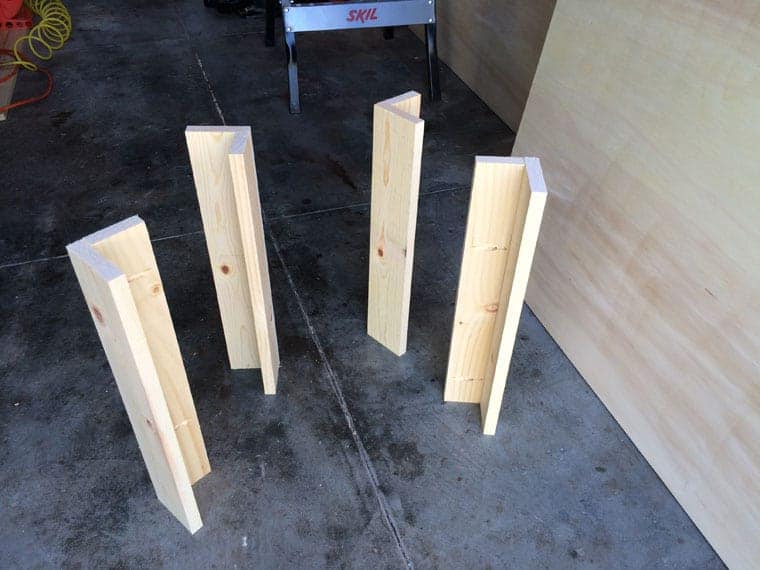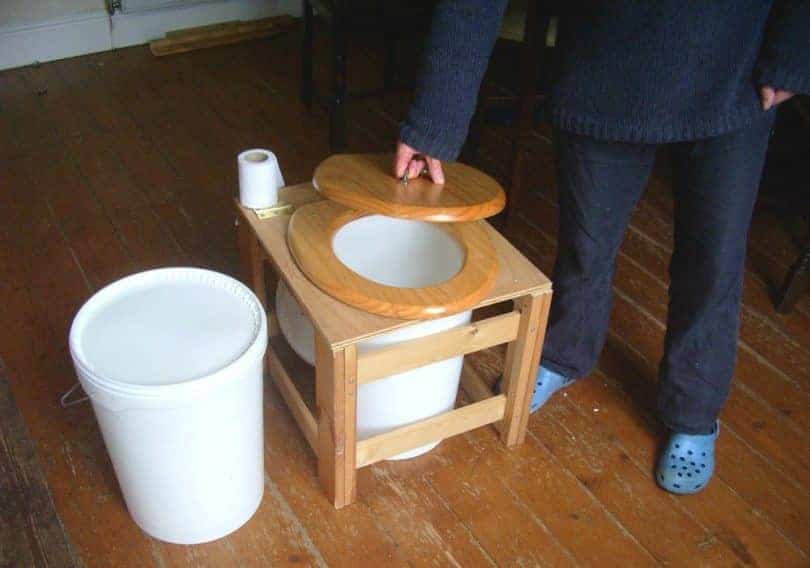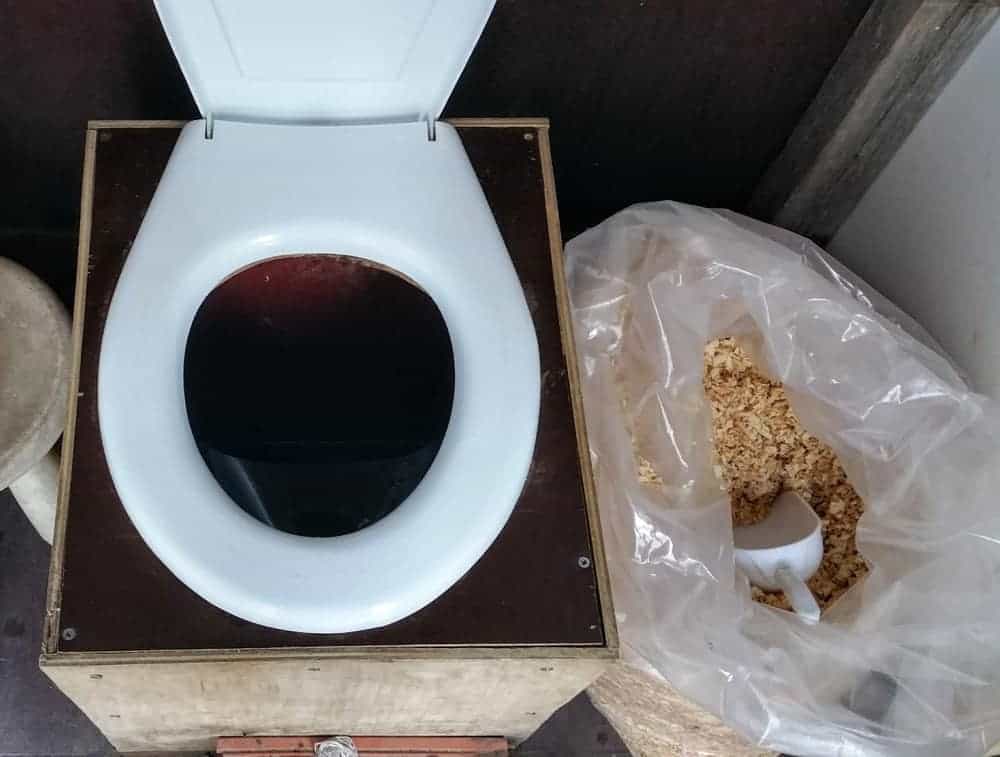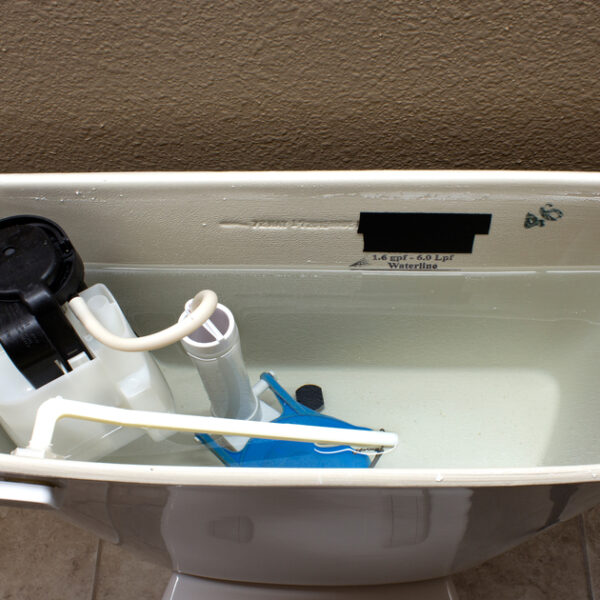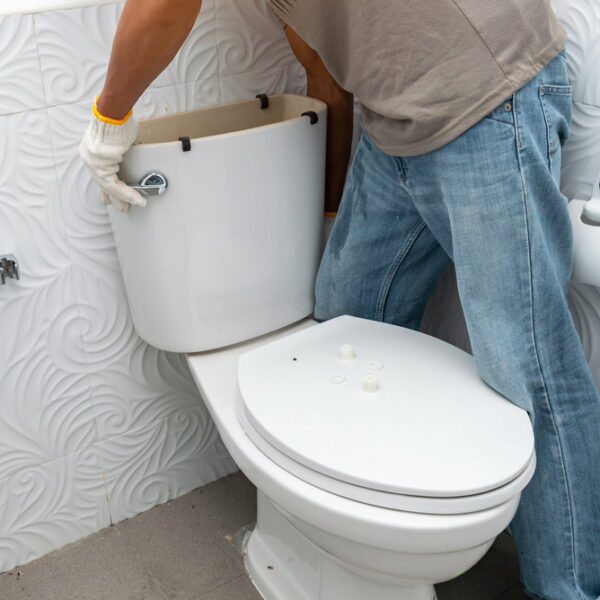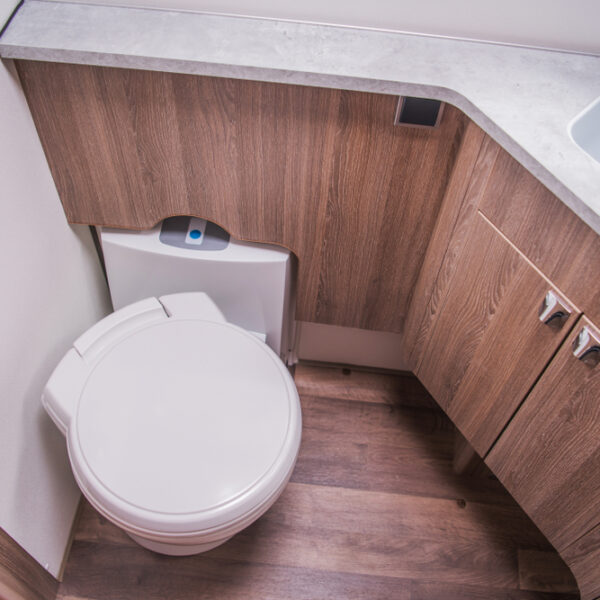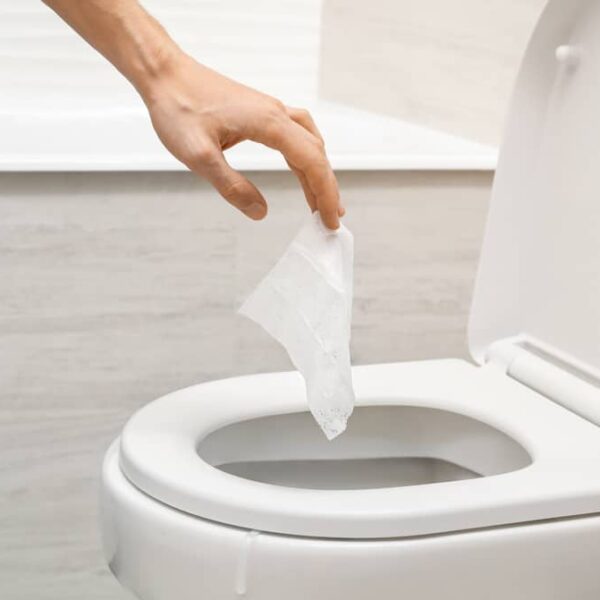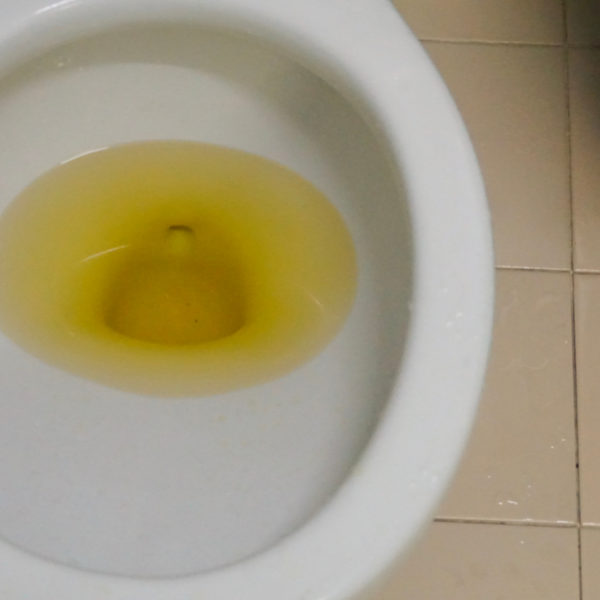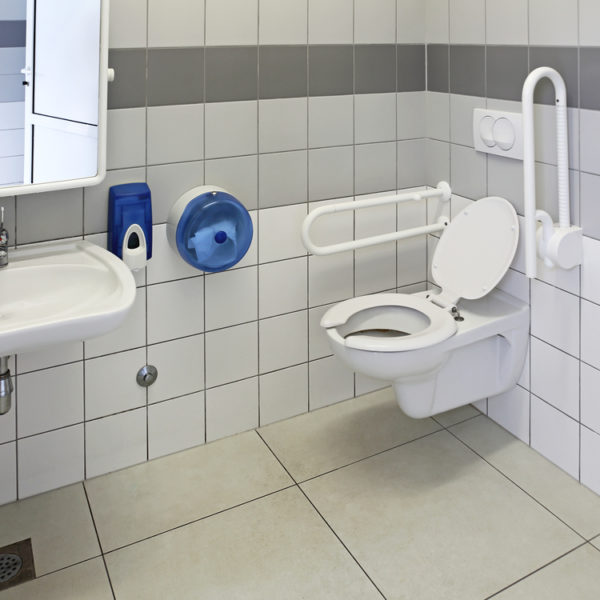Do you fancy the chance of building your own DIY composting toilet? Sometimes, knowing how to build a composting toilet becomes a matter of necessity rather than a hobby.
There are several reasons to go off-grid with a composting humanure. Not only will it save your hard-earned money on energy and water, but it will also offer you the chance to defecate in a safe, sustainable, and environmentally-friendly manner.
Also, it generates for you a useful by-product without having to deal with a foul odor.
What makes it particularly interesting is that it’s relatively easy to construct and doesn’t require you to have a certification in construction.
If you are ready to build yourself a compost toilet, then let’s dig right in!
What is a composting Toilet?
If you are familiar with the concept of a composting toilet, you might find this question a bit unnecessary.
However, the truth is that only a few people know what a compost toilet is, and its little surprise that many confuse it for an outhouse. Heck no! They are not the same!
An outhouse is typically a toilet with no plumbing, that often gives off a foul odor. Consider words like latrine, loo, or privy to qualify an outhouse.
A composting toilet, on the other hand, is a defecating system that turns human waste into compost under aerobic conditions.
In compost toilets, aerobic bacteria decompose waste pile under an oxygen-rich environment. It works alongside dry materials such as wood ash, sawdust, and crushed leaves to release high heat to destroy the pathogens.
Types of Homemade Compost Toilet
If you’re under a tight budget or trying to cut expenses, then learning how to build a composting toilet is an opportunity you should embrace.
While there are many factory-made composting toilets available in the market, they could set you back in hundreds of dollars.
Thus, have highlighted the two types of DIY homemade compost toilets:
1. Self-contained Homemade Toilet
In self-contained, the toilet encloses the composting system while the compost chamber lies beneath the bowl. This type of compost toilet is more suited to locations such as boats, recreational vehicles (RV toilet), and tiny homes.
Self-contained toilets are usually used for temporary abodes, including cabin and cottages. However, if you take time to construct your composting toilet, it can be well suited for full-time residential use.
2. Central/Remote Homemade Toilet
If you live in a large home, you might consider going for a central or remote composting toilet. Here, the toilet navigates either the solid or both the liquid and solid to a central composting system at another location.
This can be a basement or outside the house in some cases. If you have an extensive remote system, you can channel several toilets in a large home. The central toilet often has a look of a traditional American toilet.
How does a composting toilet Work?
If you don’t have a hands-on experience on the working mechanism of a compost toilet, you could watch below video to find how it works
Regardless of the type of composting toilet you go for, they will most likely follow a similar concept. The result is to separate the liquid from the solid waste.
Parts of a Composting Toilet
- Agitator bar
- Compost chamber
- Fan and vent hose
- Flush door
- Flush handle
- Liquid bottle with handle
- Liquid drain
- Mounting screw
- Spider handle
A step-by-step guide to building a composting toilet
You need to decide about the set up that you want to use because quite a lot of them exist. You can use a simple plastic bucket or clay urn laid under a seat.
Also, you can use a two-chamber model which looks more standard. Here, you alternate the use of the two chambers. You first use one until it’s full before you switch to the other. You change the chamber as soon as it’s full, depending on the capacity of the bucket you use.
Whether you are going for a toilet that mixes the urine and feces or the one that separates them, both has its respective merits and demerits. If you use the first one, you may need additional help to derive the right moisture. However, it makes defecating a more seamlessly process. With the second option, you will enjoy the drier mix, but input more effort while swapping the buckets.
You can use materials such as hay, straw, sawdust, and dry leaves to prep your bucket in the mixed system. This makes the toilet less odorless and hastens the decomposition process.
Steps on How to Build a Composting Toilet
Step 1. Gather your materials
For the type of toilet that we are constructing, you will need the following materials:
- 2 five-gallon buckets of equal height
- 4 2x4s planks of wood of equal height with the bucket
- 1 large plywood
- 1 toilet seat hardware
- 8 screws or nails.
Ensure that the materials you choose are of exceptional quality, and are built for strength for extended durability.
2. Carve a hole into the plywood
The next step is to chisel out the shape of the bucket into the plywood. You can use a hammer and chisel. First, place the bucket on the plywood, then use a pencil to mark out the circumference of the bucket right on the plywood. Using a chisel and a small hammer, gently saw a hole using the circle created. Insert the bucket to check if it fits. You must be careful not to make the hole too wide so that the bucket can sit firmly.
3. Drill hole for a toilet seat
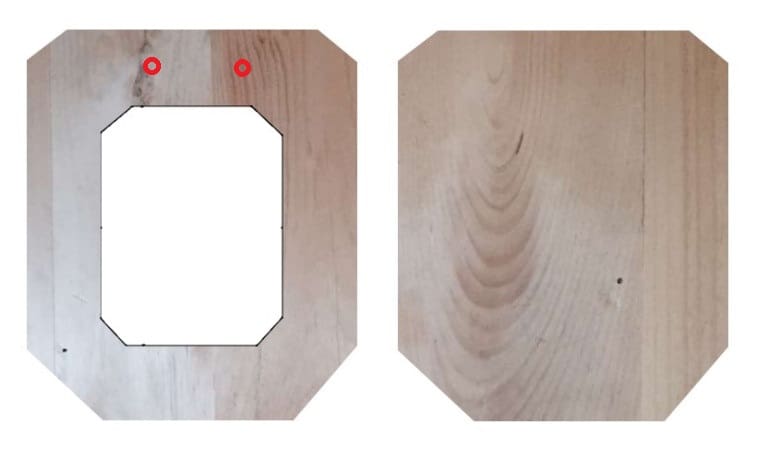
4. Create legs for the plywood
Now it’s time to give your toilet a standing. Place each 2×4 wood beneath the drilled hole and screw together at the four corners of the plywood. This will provide it with the four legs that will make it stand on its own.
5. Set the frame on its legs
Place the frame firmly on the floor and check to see if it stands firmly. If you notice that any of the legs are shaking, check the screw to detect any additional spacings. You can use a tiny piece of wood as a shock if you notice any space.
6. Install the toilet seat
We are almost done. Next is to attach the toilet seat using screws in the drilled holes. Like the other parts, ensure that it’s well-fitting so that the screw doesn’t get loosened within a short time.
7. Add absorbents into the bucket
The last step is to add a few inches of absorbent materials into the bucket. Ensure that the bucket is well placed, add your preferred materials such as dried leave sawdust or wood ash. Now you have successfully constructed a composting toilet. You are good to go!
Top reasons you should consider building a composting toilet
If you are contemplating whether knowing how to build a composting toilet is a worthwhile investment, I can assure you that it is!
According to a report, the composting toilet might be a future of toilet. Don’t be surprised that health professionals may start to encourage it in a few years away.
Let’s quickly examine some of the benefits of using a composting toilet.
A cheaper alternative to septic
If you are going off-grid, purchasing a septic tank can set you back in thousands of dollars. In some layout and land conditions, the use of septic tank might even not be viable at all. Thus, the use of composting toilet might be your only viable option.
Maximizes the Use of Water
Some regions are battling with water scarcity, and it’s only a smart choice to reduce water usage as much as possible. With composting toilet, you will need a very little to no water, which makes it ideal for regions encroached in droughts. Besides, composting toilets are durable, and they could save you water usage for more than six months.
When plumbing is not Feasible
It’s not everywhere that plumbing can work. Consider places like cabins or recreational vehicles. In cases like this, the use of composting toilet might be the only available option.
Odorless Solid Waste
This is the significant advantage that the composting toilet has over outhouse. You don’t need to contend with foul odors in composting toilets. Since the process is carried out with bacteria under aerobic conditions, it will give off odorless compost that can be used as manure in gardens, especially with the use of aforementioned cover materials.
Conclusion
How to build a composting toilet is not an arduous task. If you can handle standard house tools, then you can surely build a composting toilet using our step-by-step DIY guide. Remember, composting toilets are safe, odorless and environmental-friendly saving you your hard-earned money in the process.
We will be waiting to see a picture of your constructed toilet. For any questions, don’t hesitate to comment below, and we will be glad to respond to your request.
